1,2-DihydrotanshinquinoneCAS# 77769-21-2 |
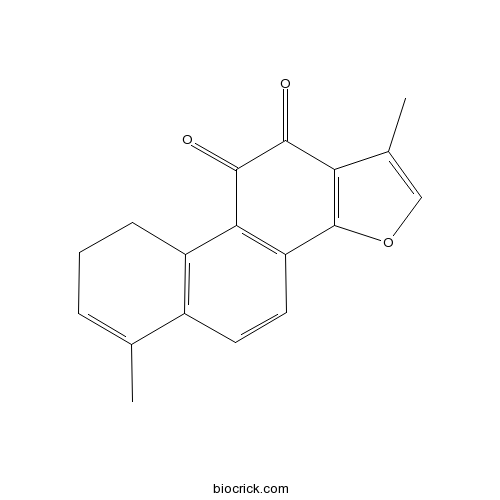
Quality Control & MSDS
3D structure
Package In Stock
Number of papers citing our products
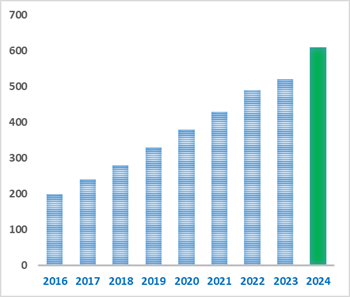
| Cas No. | 77769-21-2 | SDF | Download SDF |
| PubChem ID | 105119 | Appearance | Red powder |
| Formula | C18H14O3 | M.Wt | 278.3 |
| Type of Compound | Diterpenoids | Storage | Desiccate at -20°C |
| Solubility | Soluble in Chloroform,Dichloromethane,Ethyl Acetate,DMSO,Acetone,etc. | ||
| Chemical Name | 1,6-dimethyl-8,9-dihydronaphtho[1,2-g][1]benzofuran-10,11-dione | ||
| SMILES | CC1=CCCC2=C1C=CC3=C2C(=O)C(=O)C4=C3OC=C4C | ||
| Standard InChIKey | OYOSADAKNZWZGA-UHFFFAOYSA-N | ||
| General tips | For obtaining a higher solubility , please warm the tube at 37 ℃ and shake it in the ultrasonic bath for a while.Stock solution can be stored below -20℃ for several months. We recommend that you prepare and use the solution on the same day. However, if the test schedule requires, the stock solutions can be prepared in advance, and the stock solution must be sealed and stored below -20℃. In general, the stock solution can be kept for several months. Before use, we recommend that you leave the vial at room temperature for at least an hour before opening it. |
||
| About Packaging | 1. The packaging of the product may be reversed during transportation, cause the high purity compounds to adhere to the neck or cap of the vial.Take the vail out of its packaging and shake gently until the compounds fall to the bottom of the vial. 2. For liquid products, please centrifuge at 500xg to gather the liquid to the bottom of the vial. 3. Try to avoid loss or contamination during the experiment. |
||
| Shipping Condition | Packaging according to customer requirements(5mg, 10mg, 20mg and more). Ship via FedEx, DHL, UPS, EMS or other couriers with RT, or blue ice upon request. | ||
| Description | 1. 1,2 Dihydrotanshinquinone is active against both Trypanosoma brucei rhodesiense and Plasmodium falciparum. |
| Targets | Antifection |

1,2-Dihydrotanshinquinone Dilution Calculator

1,2-Dihydrotanshinquinone Molarity Calculator
| 1 mg | 5 mg | 10 mg | 20 mg | 25 mg | |
| 1 mM | 3.5932 mL | 17.9662 mL | 35.9324 mL | 71.8649 mL | 89.8311 mL |
| 5 mM | 0.7186 mL | 3.5932 mL | 7.1865 mL | 14.373 mL | 17.9662 mL |
| 10 mM | 0.3593 mL | 1.7966 mL | 3.5932 mL | 7.1865 mL | 8.9831 mL |
| 50 mM | 0.0719 mL | 0.3593 mL | 0.7186 mL | 1.4373 mL | 1.7966 mL |
| 100 mM | 0.0359 mL | 0.1797 mL | 0.3593 mL | 0.7186 mL | 0.8983 mL |
| * Note: If you are in the process of experiment, it's necessary to make the dilution ratios of the samples. The dilution data above is only for reference. Normally, it's can get a better solubility within lower of Concentrations. | |||||

Calcutta University

University of Minnesota

University of Maryland School of Medicine

University of Illinois at Chicago

The Ohio State University
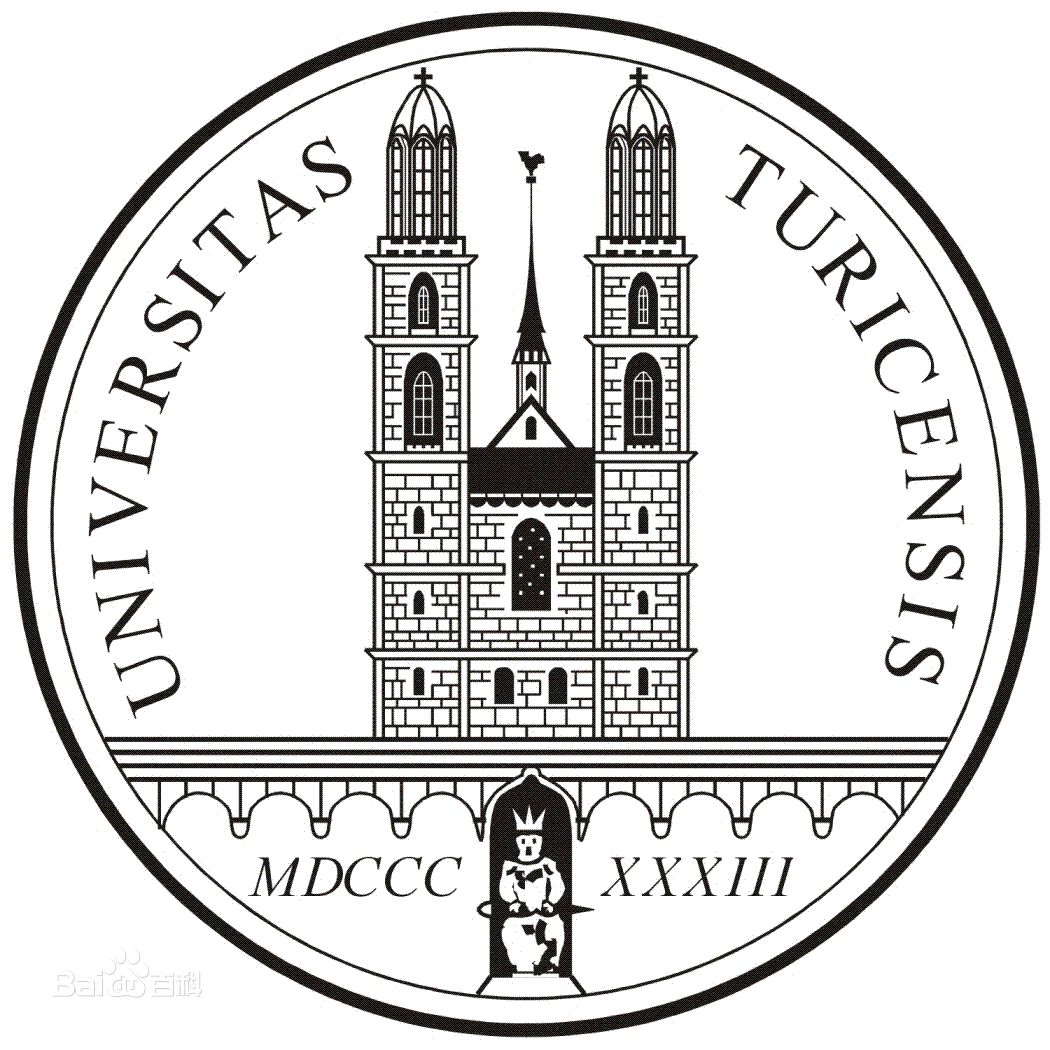
University of Zurich

Harvard University

Colorado State University
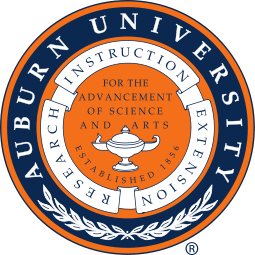
Auburn University
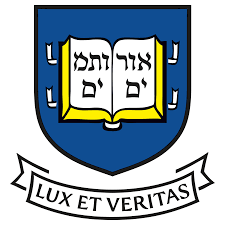
Yale University

Worcester Polytechnic Institute

Washington State University

Stanford University
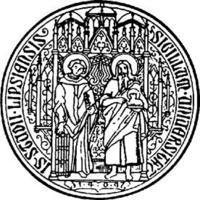
University of Leipzig
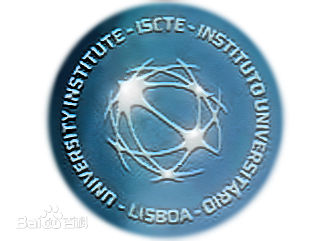
Universidade da Beira Interior
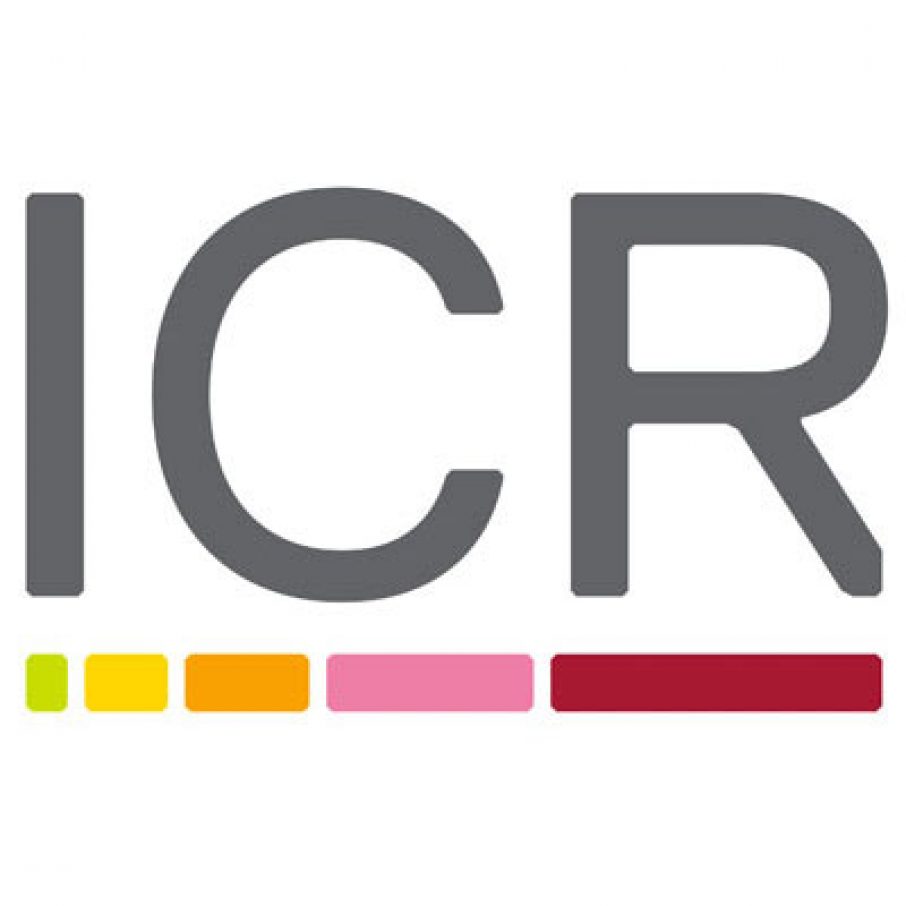
The Institute of Cancer Research
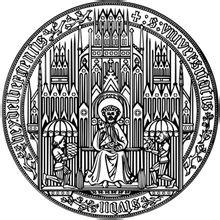
Heidelberg University

University of Amsterdam
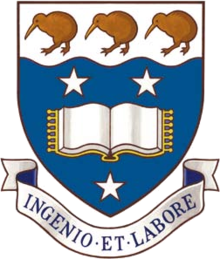
University of Auckland

TsingHua University
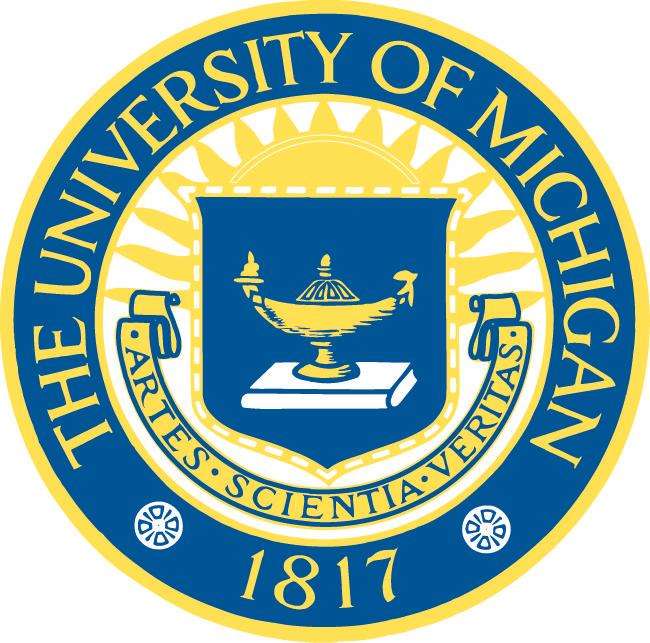
The University of Michigan

Miami University
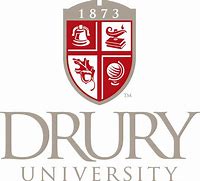
DRURY University
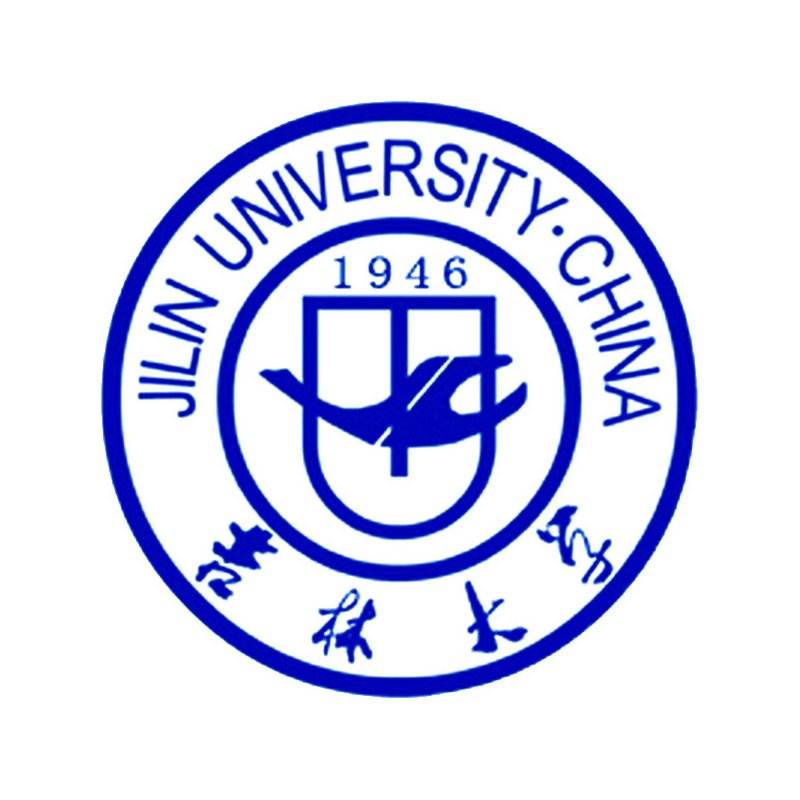
Jilin University

Fudan University
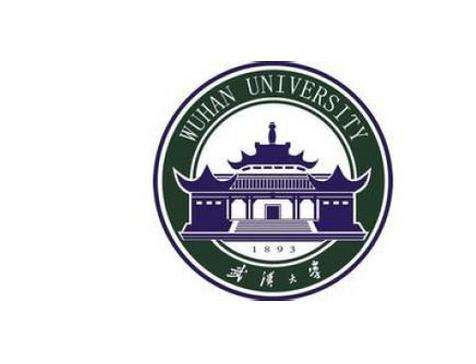
Wuhan University
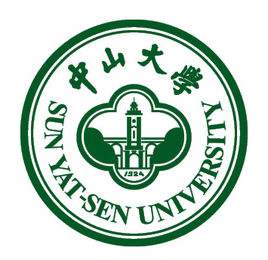
Sun Yat-sen University
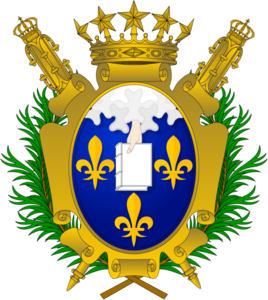
Universite de Paris
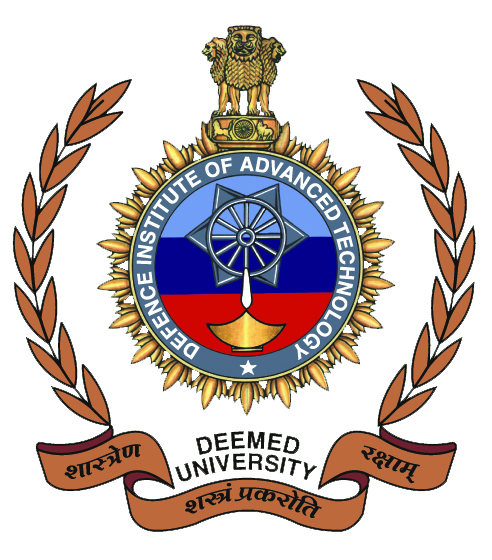
Deemed University

Auckland University
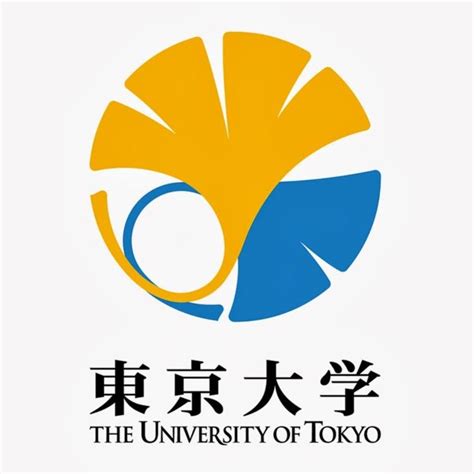
The University of Tokyo

Korea University
- 1,7-Dihydroxy-3-methoxy-2-prenylxanthone
Catalog No.:BCN1354
CAS No.:77741-58-3
- (-)-Toddanol
Catalog No.:BCN3429
CAS No.:77715-99-2
- Arctigenin
Catalog No.:BCN6291
CAS No.:7770-78-7
- 6'''-Feruloylspinosin
Catalog No.:BCN2802
CAS No.:77690-92-7
- Enoximone
Catalog No.:BCC7155
CAS No.:77671-31-9
- ent-11,16-Epoxy-15-hydroxykauran-19-oic acid
Catalog No.:BCN1355
CAS No.:77658-46-9
- ent-9-Hydroxy-15-oxo-19-kauranoic acid
Catalog No.:BCN1356
CAS No.:77658-45-8
- ent-9-Hydroxy-15-oxo-16-kauren-19-oic acid
Catalog No.:BCN1357
CAS No.:77658-39-0
- Pterokaurene L3
Catalog No.:BCN4583
CAS No.:77658-38-9
- Boc-D-Ala-OH
Catalog No.:BCC3049
CAS No.:7764-95-6
- Toddanone
Catalog No.:BCN3430
CAS No.:77636-08-9
- 1,4,5,6-Tetrahydroxy-7,8-diprenylxanthone
Catalog No.:BCN1358
CAS No.:776325-66-7
- Potassium phosphate monobasic
Catalog No.:BCC7583
CAS No.:7778-77-0
- Dehydrocrebanine
Catalog No.:BCN4328
CAS No.:77784-22-6
- Carasinol B
Catalog No.:BCN8226
CAS No.:777857-86-0
- GNF 2
Catalog No.:BCC3891
CAS No.:778270-11-4
- GNF 5
Catalog No.:BCC3892
CAS No.:778277-15-9
- Nelumol A
Catalog No.:BCN4749
CAS No.:77836-86-3
- (1R)-(+)-Alpha-Pinene
Catalog No.:BCC8275
CAS No.:7785-70-8
- Oglemilast
Catalog No.:BCC1817
CAS No.:778576-62-8
- Isopulegol
Catalog No.:BCN4974
CAS No.:7786-67-6
- Beta-Lipotropin (1-10), porcine
Catalog No.:BCC1009
CAS No.:77875-68-4
- Doxazosin Mesylate
Catalog No.:BCC1257
CAS No.:77883-43-3
- Dinaciclib (SCH727965)
Catalog No.:BCC3765
CAS No.:779353-01-4
Antiplasmodial and antitrypanosomal activity of tanshinone-type diterpenoids from Salvia miltiorrhiza.[Pubmed:21412700]
Planta Med. 2011 Sep;77(14):1594-6.
In a medium throughput screen of 880 plant and fungal extracts for antiprotozoal activity, a dichloromethane extract of Salvia miltiorrhiza roots was active against both Trypanosoma brucei rhodesiense and Plasmodium falciparum. With HPLC-based activity profiling in combination with on- and off-line spectroscopic methods (PDA, -MS (n), HR-MS, microprobe NMR), the active compounds were identified as tanshinone-type diterpenoids. Subsequent isolation and structure elucidation yielded the known substances miltirone (1), tanshinone II a (2), 1,2 dihydrotanshinquinone (3), methylenetanshinquinone (4), 1-oxomiltirone (5), 11-hydroxymiltiodiol (6), tanshinone I (7), methyltanshinonate (8), and cryptotanshinone (9). The IC(5)(0)s of the compounds were determined against the two parasites and rat myoblast (L6) cells. They ranged from 4.1 microM to over 30 microM against P. falciparum K1 strain with selectivity indices (SI) from 0.3 to 1.9. IC(5)(0)s against T. brucei rhodesiense STIB 900 were from 0.5 microM (1, 4) to over 30 microM, and 4 showed the greatest selective activity with an SI of 24.


